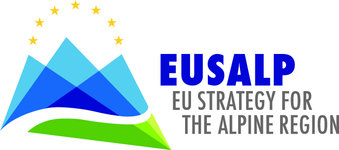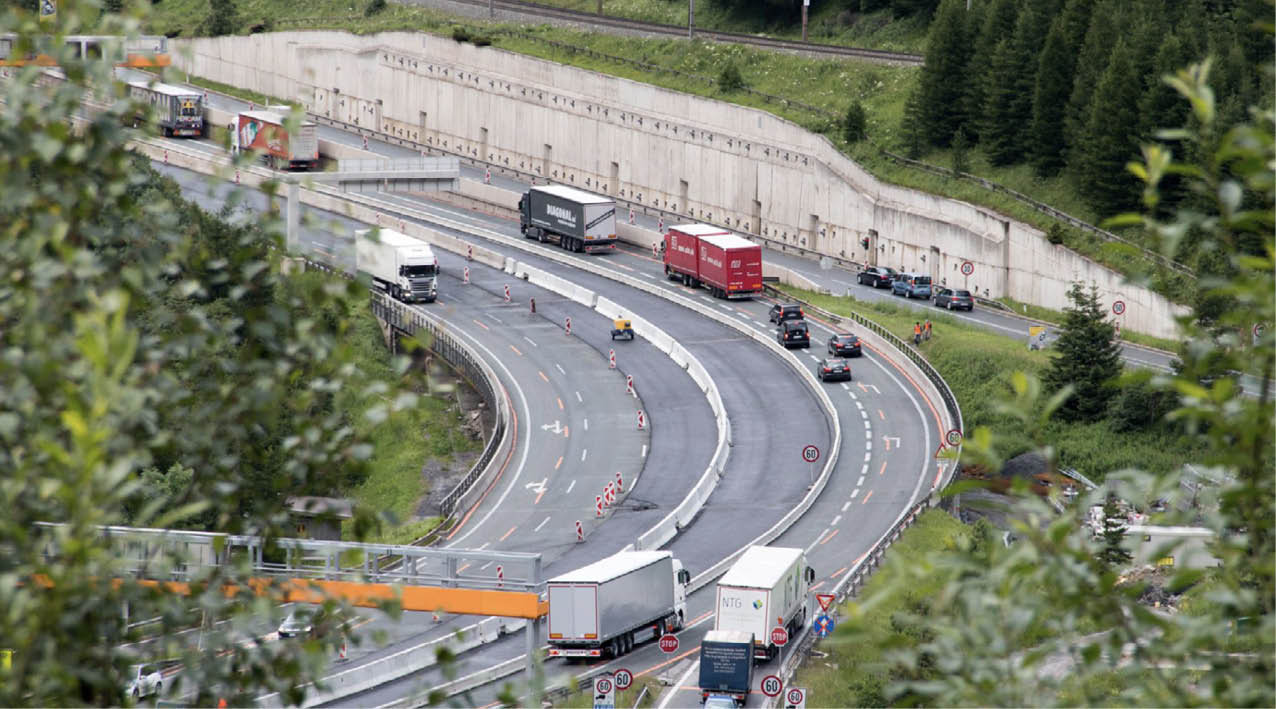conflict 2
#NoiseReductionTrade-offs

A future-proof Alpine mobility depends on effective noise reduction.
Increasing freight and passenger transport volumes on road and rail lead to high noise pollution in the narrow Alpine valleys. The topographic features aggravate the noise impacts: the amphitheatre effect leads to high noise propagation, so that noise generated in the valleys can also affect higher-altitude regions. While modal shift from road to rail is a very effective policy to reduce air pollution, the effects regarding noise are more ambivalent: while some of the (transit) motorways were deliberately constructed outside of settlement areas, rail tracks mostly cross those settlement areas and an increase in rail freight volumes needs to be carefully planned and embedded. Major transit regions have thus developed several accompanying measures, reaching from the construction of environmental infrastructures to the promotion of low-noise rolling stock and material.

Piedmont: Freight transport rail corridor with increasing volumes
The Novara – Borgomanero – Domodossola railway line is currently a highly frequented freight path and will be further improved in the next years. The freight trains cause already now some critical noise impacts in specified areas where buildings are very close to the rail tracks, but in a perspective of increasing freight traffic, this kind of impact is expected to be more and more important.
Carinthia: Noise problems in Alpine metropoles
The Region “Kärntner Zentralraum” is located between the main cities of the Carinthia region - Klagenfurt and Villach. The rail connection between Klagenfurt and Villach is part of the Baltic Adriatic Corridor and, already today, presents a bottleneck along this corridor as capacities also have to be reserved for passenger transport. Due to a high population density in the Kärntner Zentalraum, the rail connection leads to high noise impacts.
Trentino: Stakeholder involvement to develop effective solutions
The town of Trento lies in the narrow Adige valley and is crossed by highly frequented railway lines, included the international freight and passenger North to South line. The public administration, together with the rail infrastructure companies, is monitoring the situation and looking for solutions; a lot of noise barriers have been already installed.
Download #2-NoiseReductionTradeOff
iflow.it/eusalp/download/A1025/2-NoiseReductionTradeOff.pdf
iflow.it/eusalp/download/A1025/2-NoiseReductionTradeOff.pdf


